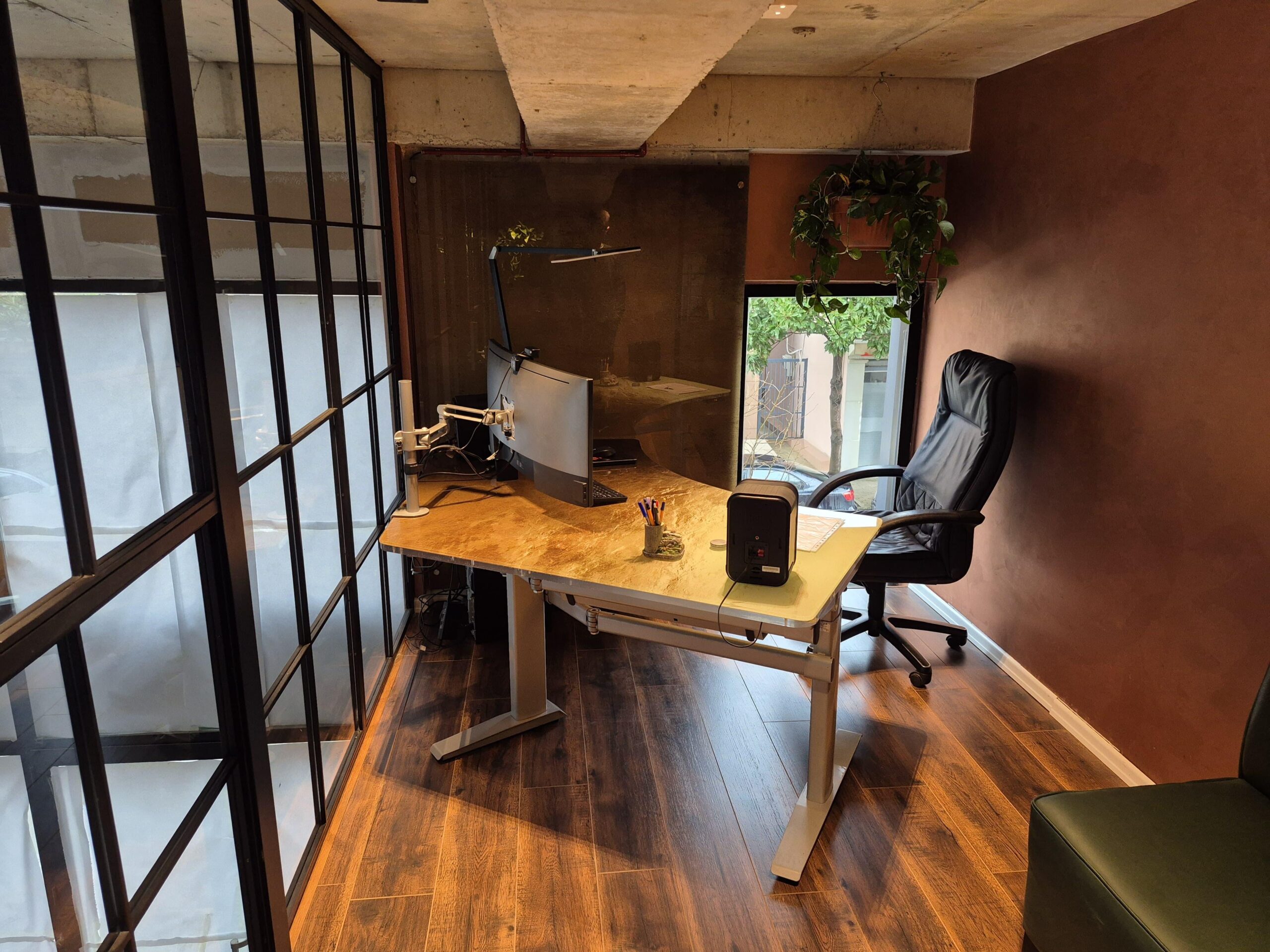Recent shifts in U.S. trade policy, specifically the increase in tariffs on aluminum to 25% and the sustained 25% rate on steel, have presented a significant challenge for industries reliant on these essential materials, including the door and window sector.
While the volatility of other duties related to ongoing trade negotiations persists, these tariffs on aluminum and steel remain broadly applied and firmly in place. This landscape, however, may be inadvertently opening a door – or perhaps a window – for an age-old natural resource: industrial hemp.
Matthew Price, a professional with a focus on sustainable building enclosures, sees an opportunity in this new economic environment. He has developed a novel material, dubbed HempGlās, which leverages the inherent strength of industrial hemp fibers combined with traditional glass in a bio-engineered, fiber-reinforced polymer. The aim of HempGlās is to serve as a viable and potentially superior alternative to the aluminum, steel, and even standard fiberglass currently used as stiffeners in vinyl window frames.
Price’s journey to HempGlās began with a fundamental question from a colleague: why invest so heavily in high-performance glass only to frame it within materials that may limit its potential? This question, combined with his background in problem-solving and sustainable building, spurred him to collaborate with engineers and chemists. The result is a new composite material that, according to Price, boasts impressive performance characteristics.
HempGlās has achieved an E84 Class A fire rating and is reported to possess a tensile strength comparable to that of a 6061-T6 aluminum alloy. Crucially, it exhibits 100% flexural memory, meaning it can return to its original shape after being bent. Price emphasizes the material’s strength relative to its weight, stating it is stronger than steel “pound for pound,” and boasts significantly higher thermal efficiency – reportedly 800 times more than aluminum. This inherent thermal resistance allows HempGlās to function effectively as both a stiffener and a thermal break, a key advantage in improving energy efficiency in building enclosures. Production of HempGlās is currently taking place in Fort City, Pennsylvania, within the confines of an old PPG float glass facility, highlighting a connection to existing infrastructure.
The manufacturing process for HempGlās involves modifying the fiber content in traditional pultrusion. While typical methods utilize hundreds of rolls of glass fiber, HempGlās incorporates natural hemp fibers into the core, resulting in a material with similar tensile strength to pure glass fiber composites.
Beyond its performance attributes, HempGlās offers compelling sustainability advantages. Industrial hemp has a remarkably short 90-day growth cycle. Furthermore, the pultrusion process used for HempGlās production is considerably less carbon- and energy-intensive than those required for aluminum, steel, or vinyl. The lighter weight of the hemp fibers also contributes to reduced fuel consumption during transportation. Notably, HempGlās production is free of volatile organic compounds (VOCs), and the material can be painted and cured at a significantly lower temperature (140 degrees Fahrenheit) compared to aluminum (up to 425 degrees Fahrenheit).
Price underscores a deep commitment to conservation within his company, emphasizing a philosophy of utilizing every part of the hemp plant. This comprehensive approach involves extracting oil and seeds for various uses, including vegan protein powders and livestock feed. Leaves are processed into chicken feed, and the stalks are pressed, with the core forming the fiber for HempGlās. The outer core is then used for products like hemp wood, which finds applications in boards and flooring. Even the rootstock can be repurposed into biochar fertilizer or combined with basalt fibers to create a fire-resistant material that can be integrated into HempGlās for enhanced fire resistance.
While promoting the benefits of HempGlās, Price is quick to clarify that his efforts are not intended to diminish the value of glass itself. He acknowledges the progress being made in glass recycling within the U.S. architectural glass industry. He envisions a future where HempGlās could potentially be manufactured using 100% recycled glass fiber alongside natural fibers, highlighting the flexibility of their advanced resin pultrusion system to accommodate both bio-engineered and standard glass fiber formulations.
Currently, a key challenge for HempGlās is the supply side of the industrial hemp market. The company is actively working to expand its network and develop new sources for the material. Price is personally invested in this, owning a 20-acre farm in north Florida where he is seeking a license to grow industrial hemp.
It’s important to note, as Price himself clarifies, that his focus is strictly on industrial hemp and its material properties. He maintains a clear distinction from the recreational use of cannabis.
The recent increase in tariffs on key building materials has created a unique environment where innovative alternatives can gain traction. HempGlās, with its promising performance characteristics, sustainability advantages, and potential to mitigate the impact of these tariffs, represents an intriguing development in the pursuit of more efficient and environmentally conscious building practices. As the industrial hemp market matures and supply chains strengthen, materials like HempGlās could play an increasingly significant role in shaping the future of construction.
Source:USGlass with additional information added by GlassBalkan






